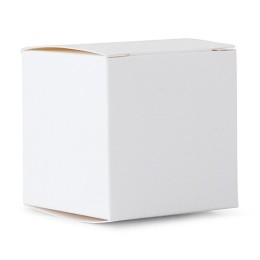 Soothsayers in the analyst outfit Gartner have been looking at the way the chickens have been running around and come to the conclusion that we are about to enter a period of high IT spending.
Soothsayers in the analyst outfit Gartner have been looking at the way the chickens have been running around and come to the conclusion that we are about to enter a period of high IT spending.
Big G claims that worldwide spending will hit $3.7 trillion this year thanks to an unusually overweight bantam hen running back to the chicken coup and refusing to come out, according to Gartner.
The analyst outfit is expecting spending in 2018 to jump 6.2 percent outpacing last year’s $3.5 trillion, with enterprise software set to be the fastest growing of Gartner’s five spending categories, at 11 percent.
All five categories are expected to see growth, but the rate of data centre spending is expected to decline to 3.7 percent, compared with 6.3 percent last year. All of the other four categories are expected to see stronger growth than last year.
Gartner John-David Lovelock, vice auger said the overall increase in spending to currency fluctuations and political uncertainty.
“Although global IT spending is forecast to grow 6.2 percent this year, the declining US dollar has caused currency tailwinds, which are the main reason for this strong growth,” he said. “This is the highest annual growth rate that Gartner has forecast since 2007 and would be a sign of a new cycle of IT growth.
“However, spending on IT around the world is growing at expected levels and is in line with expected global economic growth.
“Through 2018 and 2019, the US dollar is expected to trend stronger while enduring tremendous volatility due to the uncertain political environment, the North American Free Trade Agreement renegotiation and the potential for trade wars.”
Gartner said that data centre sales would continue to face challenges, particularly in storage, and the brief renaissance at the end of 2017 was actually a component shortage which inflated prices.
The devices segment will, however, continue to flourish, even if fewer users are buying new devices.
You couldn’t make this stuff up. Well, we at Channel Eye couldn’t, anyway.



















